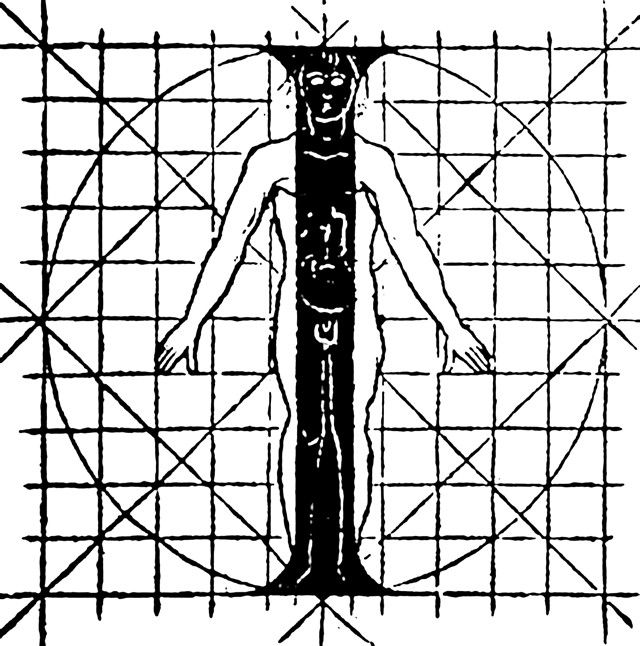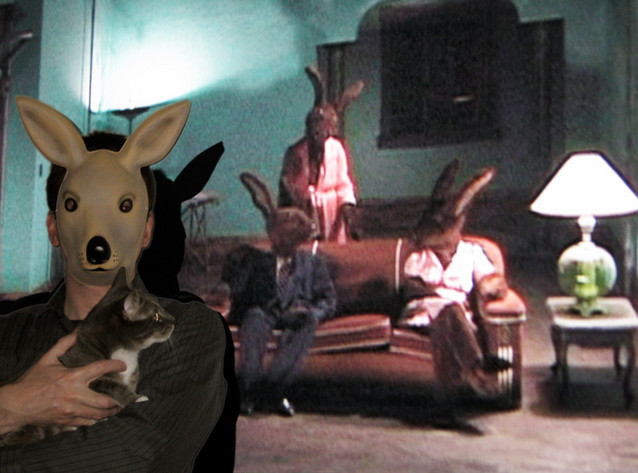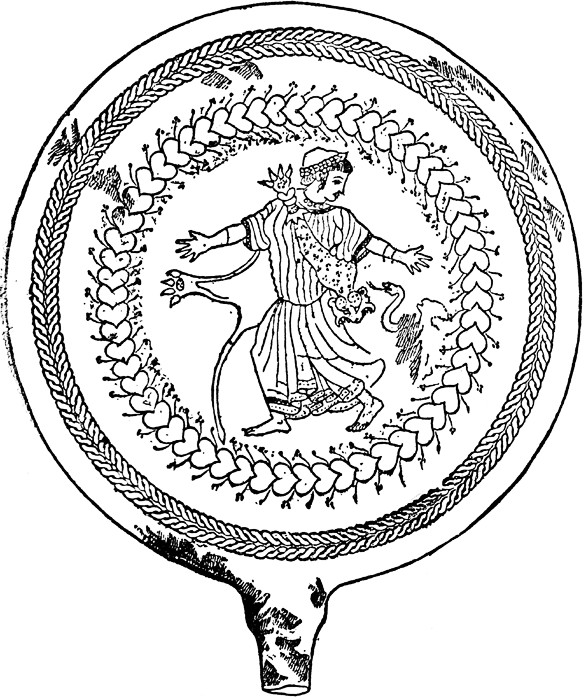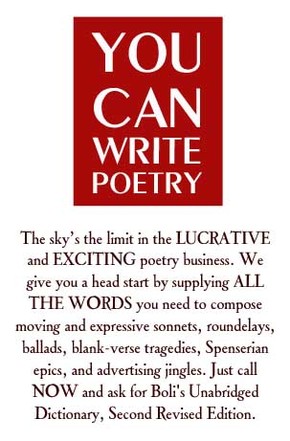

 |
|
|
 |
 |
 |
Did you know that International Swear Like Shakespeare Day is Nov. 27, 2009? We're honored to announce that SwearLikeShakespeare.com is featuring our illustration of curses of Shakespearean proportions. If an infinite number of monkeys type for an infinite amount of time, will they will eventually produce every possible Shakespearean insult? This is our question, not Wilfried Hou Je Bek's, but he did inspire it. Here's a link to a PDF of a maledicta book produced by a group of Sulawesi Macaque monkeys: Notes Towards the Complete Words of Shakespeare. |




 |
|
|
 |
 |
 |
Writing an "abbreviated history" isn't as easy it would seem. For example: Lt. Gen. Wm. B. of LV, NV (b. '43): mia (awol?) c. '63. [42 characters] Translation: Lieutenant General William Baxter of Las Vegas, Nevada (born 1943) went missing in action (absent without leave?) circa 1963. [106 characters] The best abbreviated history we've seen has the squirm-inducing title of Castration: An Abbreviated History of Western Manhood. |

 |
|
|
 |
 |
 |
From A Surrealist Dictionary by J. Karl Bogartte: GOWN: A joyful humming sound given off by spider webs during electrical storms.
|

 |
|
|
 |
 |
 |
"You have with you the book you were reading ... which you are eager to continue, so that you can then hand it on to her, to communicate again with her through the channel dug by others' words, which, as they are uttered by an alien voice, by the voice of that silent nobody made of ink and typographical spacing, can become yours and hers, a language, a code between the two of you, a means to exchange signals and recognize each other." — Italo Calvino, If On a Winter's Night a Traveler (We've mentioned that this book is a masterpiece, right?) |

 |
|
|
 |
 |
 |
"How to establish the exact moment in which a story begins? Everything has already begun before, the first line of the first page of every novel refers to something that has already happened outside the book. Or else the real story is the one that begins ten or a hundred pages further on, and everything that precedes it is only a prologue." — Italo Calvino, If On a Winter's Night a Traveler (We need not mention how wonderful this book is.) |


 |
|
|
 |
 |
 |
"The more gray and ordinary and undistinguished and commonplace the beginning of this novel is, the more you and the author feel a hint of danger looking over that fraction of 'I' that you have heedlessly invested in the 'I' of a character whose inner history you know nothing about." — Italo Calvino, If On a Winter's Night a Traveler

Sixteenth century illustration by Geoffroy Tory. --- Jeff writes: I can relate. How well do we know that other i, really?
Prof. Oddfellow writes: I learned the hard way that the other i's life is dotted with glamorous parties but also secrets and deceptions.
|


 |
|
|
 |
 |
 |
When we're asked to weave stories out of the whimsical dictionaries we compile, we're left scratching our heads [oops—the Majestic Plural gets tricky!]. The lexicographer gathers the words for the writer to combine. The satirist Dr. Boli knows what we're talking about. |



 |
|
|
 |
 |
 |
Often confused with "anamorphic," the anthropomorphic format is a photographic projection in which an animal mask is required to view the original aspect ratio. In this example, an anthropomorphic kangaroo ( Prof. Oddfellow) and his silver tabby watch David Lynch's " Rabbits" series.

Jonathan quips: There's no stopping Old Man Anthropomorphism.
|

 |
|
|
 |
 |
 |
From our outpost at Blogger, here's an excerpt from Janet Boyer's review of our Magic Words: A Dictionary: The first 48-pages of Magic Words
are utterly fascinating, with Conley an engaging tour guide through
literary, philosophical, cultural and spiritual landscapes—realms
dotted with landmarks that pay homage to the power of magical
utterances (and, sometimes, even to silence and mysterious glyphs).
Not
only does Conley offer examples of poetic incantations and the
mysterious power of words in his introduction, but he also provides
fascinating insight into the vocabulary of ritual (and why we get the
giggles during solemn occasions!), the four archetypes of the Magician,
and our ability to imbue “ordinary” moments with the magic of both
cadence and connation.
The rest of Magic Words is dedicated to, well, magic words!
With
word origins, facts, variations, meanings, mystique and appearances in
literature, this A to Z guide offers a mind-boggling array of
information to be mined by would-be magicians, entertainers, writers
and artists. . . .
Magic Words
is, indeed, a meticulously researched, heavily footnoted, and absorbing
read, especially for lovers of trivia and words. Performers seeking to
spruce up their magic routine would do well to consult this book, as
would all manner of artists who seek to infuse their work with meaning,
mystery, flair or sacredness. See the full review here. Janet is author of The Back in Time Tarot Book.
--- Gary Barwin writes: Those are indeed magic words. Congratulations!
|

 |
|
|
 |
 |
 |
"He spoke as if each full sound he uttered was equal to the presence of a new statue in one's courtyard." — Norman Mailer, Ancient Evenings (Highly recommended!)
|

 |
|
|
 |
 |
 |
Did you know: "It is not possible to burn a candle at both ends. If one end of the wick is ignited, the other end will immediately be extinguished." Or: "Cardboard is nothing more than wood in an early stage of development." Or: "Cheese never spoils; it simply changes into a different kind of cheese." These and other hilarious facts are part of Dr. Boli's Encyclopedia of Misinformation. |

Page 63 of 74

> Older Entries...

Original Content Copyright © 2025 by Craig Conley. All rights reserved.
|







